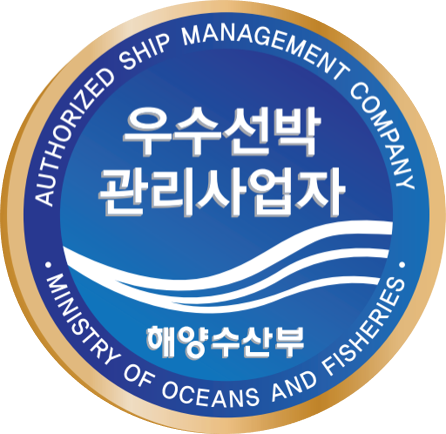Fumigant gasses leaking can lead to fatality onboard
페이지 정보
작성자 최고관리자 댓글 0건 조회 1,353회 작성일 21-06-08 10:26본문
Fumigant gasses leaking can lead to fatality onboard
by The Editorial Team
Gard Club released a safety _alert_, providing its safety recommendations over fumigant gasses leaking from cargo holds.
According to Gard, fumigation is done to target infestations in bulk cargoes like grain and timber.
The most widely used fumigant is aluminium phosphide which produces phosphine gas that is poisonous to humans. There have been numerous fatalities onboard ships as a result of the crew having been exposed to the gas.
Most of the incidents handled by Gard typically fall into one of the following categories:
- The phosphine gas enters the accommodation block through air conditioning vents, cracks in the adjoining bulkheads or conduits. A lack of gas detection and alarm systems in the accommodation means the unsuspecting seafarers will report of sickness, but the seafarers’ condition can deteriorate and become serious very quickly. Any characteristic smell of the fumigant gasses can be easily masked by other odours.
- Crew may enter stool space and other void spaces adjacent to the holds where fumigant gasses may have leaked, without prior gas checks. This can happen after the cargo has been discharged. There have also been cases where the crew did not have a sufficient stock of gas detector tubes or an appropriate gas measuring instrument.
- Crew and/or stevedores entering holds which are being fumigated. Gas checks on the surface can be misleading as fumigant gas can be trapped in pockets in the cargo stow. A crew member or stevedore without a personal gas detector that can measure the fumigant gas can be exposed to high concentration of gas without warning.
- In-transit fumigation on bulk carriers is inherently dangerous for the ship’s crew. Crew may not be fully trained to carry out the fumigation and may expose themselves to unsafe work. In some instances the respiratory protection (gas masks) used by crew are not appropriate. The filters may not be suitable for the relevant fumigant gas and/or they may be expired. In some cases, the crew were provided with air purifying respirators instead of respirators that can supply breathable air.
Recommendations:
- Identify all spaces that fumigant gasses can escape into from the cargo holds. This should be disclosed to the Fumigator In-charge (FIC)
- Positive pressure in the accommodation should not be lost.
- There should be a system of detection and alarm for the fumigant gas inside the accommodation. This system should preferably be used for the duration of the voyage and a continuous system of gas monitoring is preferred over gas detection tubes.
- Where tubes are provided, they should be sufficient in quantity taking into account the duration of voyage. Crew should also be trained in their use.
- Personnel working in the cargo holds or the spaces adjacent to the cargo holds should carry a suitable gas detection equipment. This should form part of the mandatory PPE for the ship’s crew.
- The crew should be made aware of all the hazards associated with the fumigant and to the extent they can be exposed to the gas. The values of short term exposure limit (STEL) and time weighted average (TWA) vary from country to country. For example, STEL in UK is 0.2ppm whereas in US it is 1ppm, and TWA in UK is 0.1ppm and in US it is 0.3ppm.




